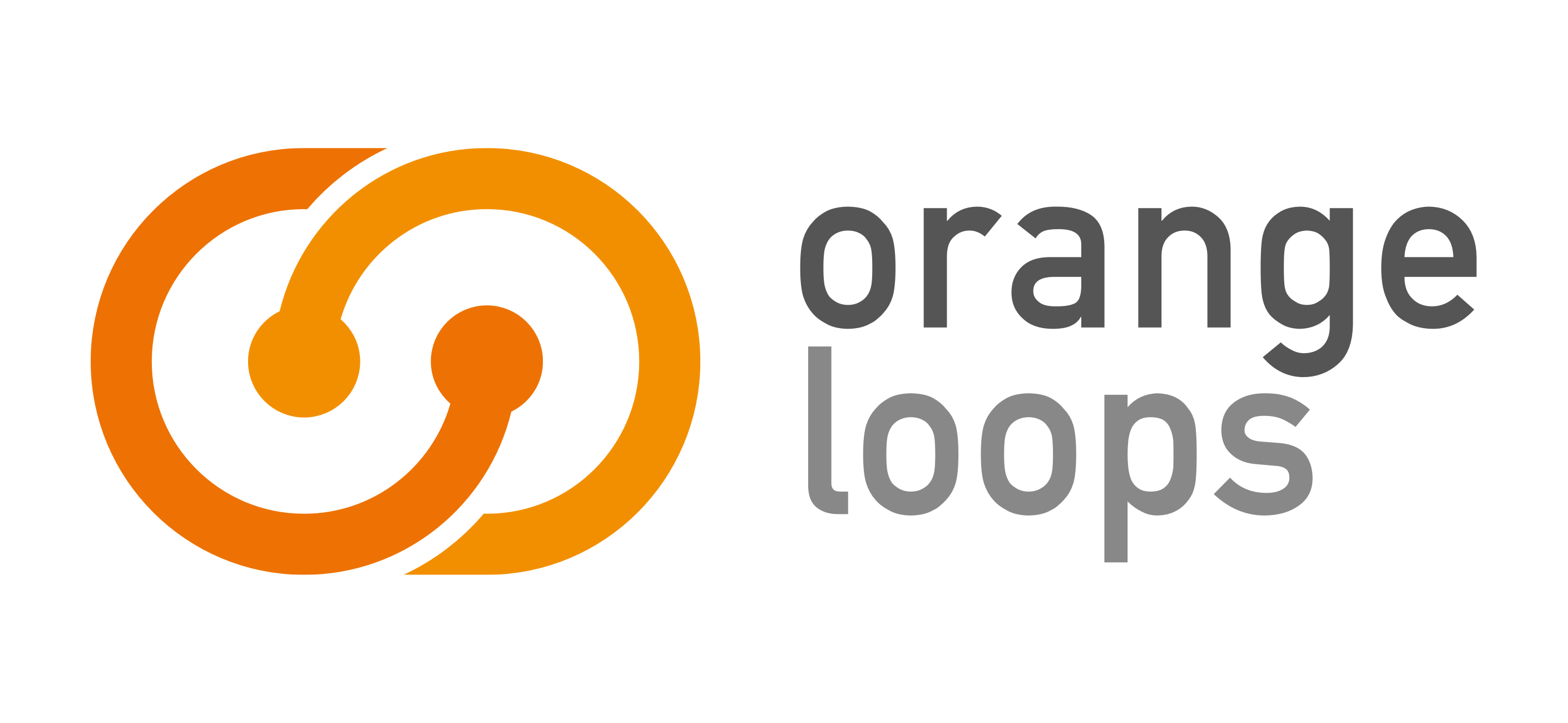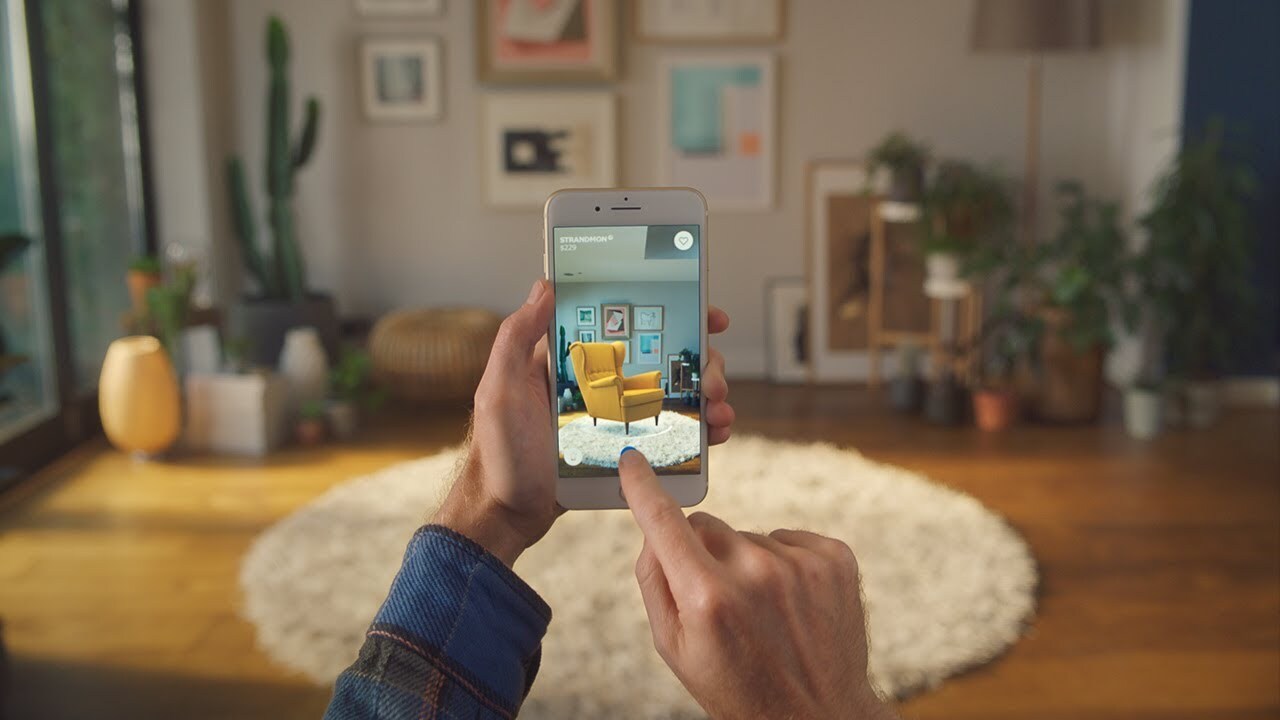
As we move into 2023, the field of user experience (UX) and user interface (UI) design is evolving and adapting to new technologies and trends. In this article, we will look at some of the key trends shaping how we design user experiences in this new year.
From the use of Artificial Intelligence (AI) and Machine Learning to the implementation of Augmented Reality and Virtual Reality, we’ll explore how these trends are helping to create more engaging, intuitive, and accessible digital products and services.
Without further ado, let’s dive into it!
1. Using Artificial Intelligence and Machine Learning to create personalized user experiences
Customizing the app based on a user’s browsing and purchase history can provide a more efficient, personalized, and accessible experience. Automating repetitive tasks and making the app more responsive to user input can improve the overall user experience. Additionally, making the app more accessible for users with disabilities, such as through text-to-speech or image recognition, is essential. The app’s adaptability can improve by monitoring usage patterns and adjusting the layout accordingly. Predictive algorithms can also anticipate users’ needs and wants, providing proactive information and suggestions.
The trend will likely continue as it can also be a helpful tool for UX/UI designers when creating user personas. For instance, an AI algorithm could analyze a large dataset of user behavior and demographics to identify patterns and trends that can be used to create user personas.
Here are a few websites that you might find helpful to explore AI:
- OpenAI’s GPT-3 Playground allows you to try out the capabilities of the language models through a chat interface.
- DeepDream (https://deepdreamgenerator.com/ ) offers a neural network-powered image generation tool that can create unique, dream-like versions of user-provided images.

2. Implementing Passwordless login not only increases security
Passwordless login utilizes biometric authentication, such as fingerprints or facial recognition, or single-use codes sent via SMS or email, making it more difficult for hackers to gain access to user accounts through phishing or brute-force attacks. It also improves the user experience by making the process of logging in quicker and more convenient. Users no longer have to remember a complex password, reducing friction and increasing user engagement and conversions.
Furthermore, passwordless login can be more accessible to users with disabilities. They may find using their fingerprints or facial recognition easier than entering a password using a keyboard. Lastly, it also helps organizations meet compliance requirements and avoid penalties for data breaches.
3. The incorporation of motion design and micro-interactions enhances the user experience
Micro-interactions are small, interactive elements within a UI that help to create a more engaging user experience. They can include things such as pull-to-refresh gestures, progress indicators, and notifications. They can be used to provide feedback to users, indicate the status of an action, or guide them through a task.

4. Cross-app experiences, Apple App Clips, and Android Slices
These experiences offer a more seamless and efficient way for users to access and interact with apps and digital services. Apple App Clips, for example, are small parts of an app that can be quickly launched and used without downloading the entire app. They provide users with a quick and easy way to access app functionality and content without installing the whole app.
On the other hand, Cross-app experiences allow users to move seamlessly between different apps and digital environments while maintaining the context and continuity of their experience. These allow a more efficient and seamless user experience, reducing the need for users to manually search for and switch between different apps and reducing the time and effort required to complete a task.
 5. The use of immersive and interactive design elements, such as Augmented Reality (AR) and Virtual Reality (VR)
5. The use of immersive and interactive design elements, such as Augmented Reality (AR) and Virtual Reality (VR)
AR superimposes computer-generated images in the real world, while VR creates a fully computer-generated environment. Both technologies can provide unique and engaging experiences, but implementation should be done carefully, as it could lead to disorientation if not well planned. The goal is to enhance the user experience by adding interactivity, immersion, and engagement.
These technologies can create personalized digital environments and experiences tailored to the individual, making digital interactions more natural, intuitive, and realistic by allowing users to interact with digital objects and settings like they would in the physical world. This can lead to greater user engagement and increased time spent in digital environments.
In addition, AR and VR can be used to create more accessible digital environments, particularly for users with disabilities. For instance, virtual environments can be designed to include visual and audio cues to help users navigate and interact with digital objects, or virtual assistants can be provided to assist users with voice commands or other forms of input.
Final thoughts
These trends will play a significant role in shaping the way we design user experiences and interfaces in 2023. They will help us to create more personalized, natural, engaging, secure, and accessible software products. Keep in mind that these trends are not mutually exclusive and can be combined to create unique user experiences.
Do you need a hand with designing a stunning user experience and interface? Let’s talk! Our seasoned UX/UI designers would love to help!



